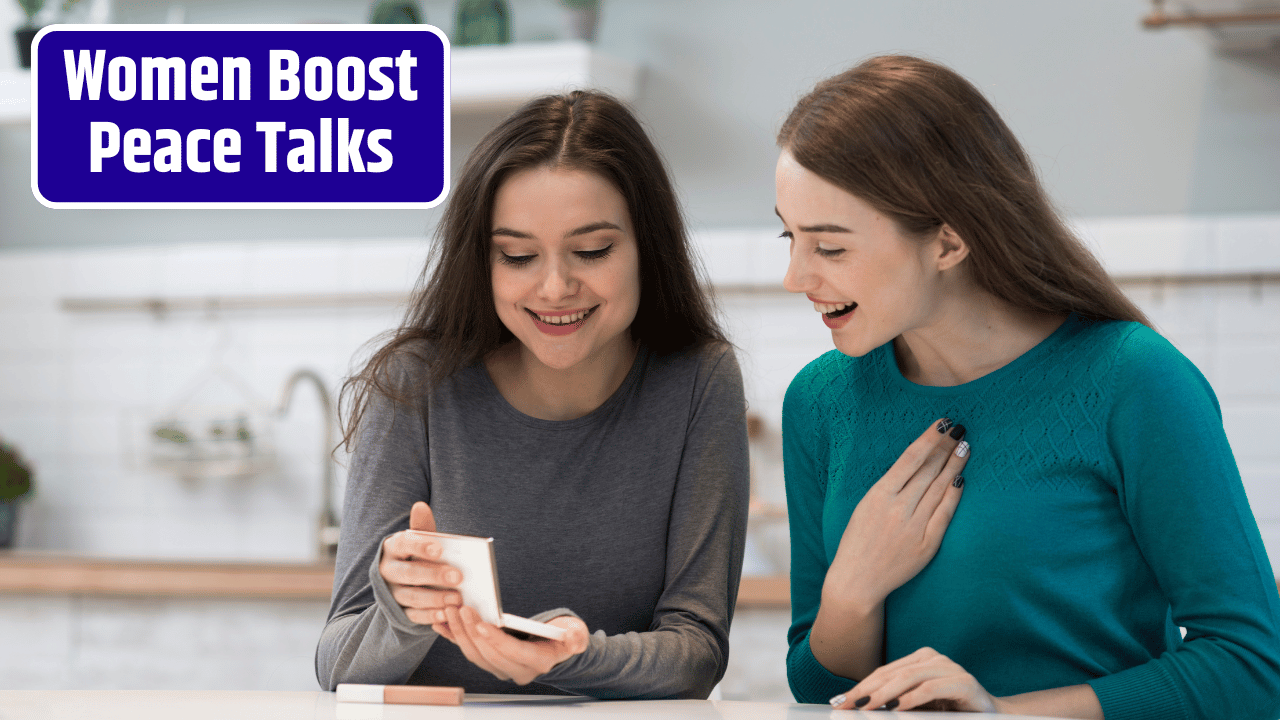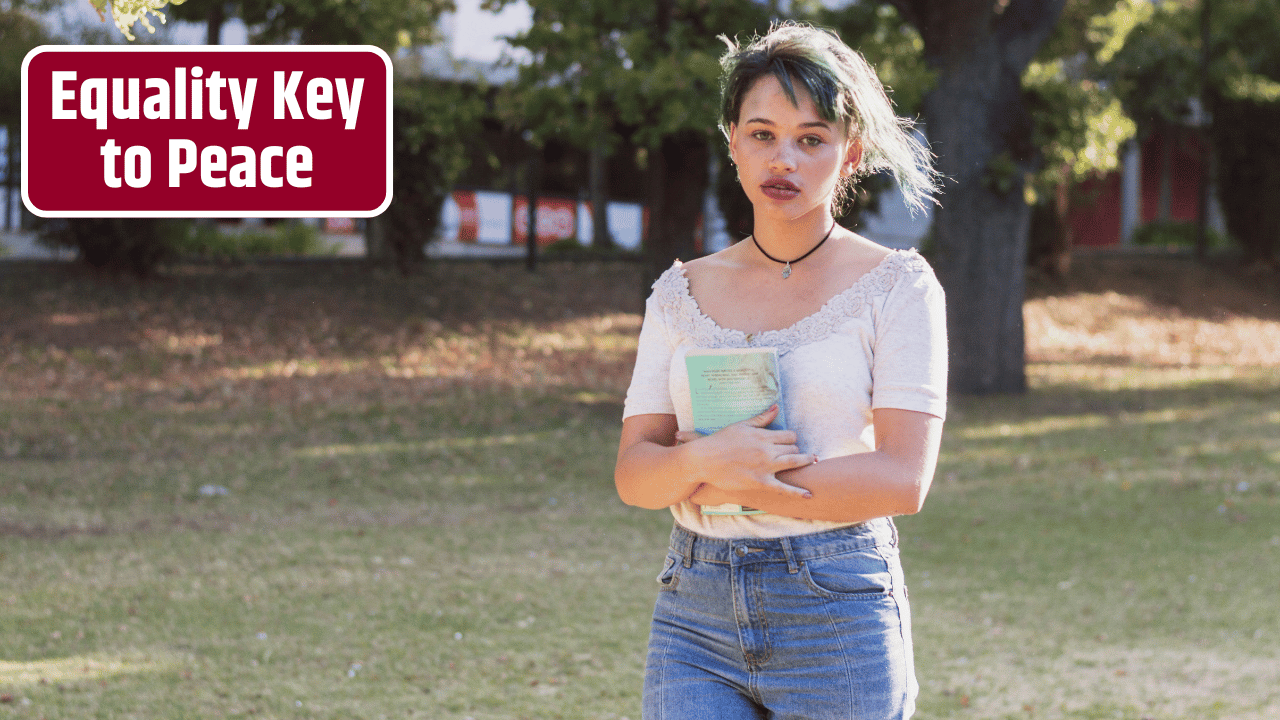It’s a brutal irony, isn’t it? The very institutions meant to safeguard human dignity—those marble-floored, acronym-stamped bastions of justice—often seem to shrink in the face of real, on-the-ground horrors. And nowhere is that disconnect more jarring than when it comes to protecting women in conflict zones.
You’ve seen the headlines. Maybe you’ve even stopped scrolling for a second to read about a village in Sudan, a prison in Gaza, a maternity ward in Ukraine. Rape used as a weapon. Girls abducted. Mothers executed or left starving. The same story, told in different languages, across decades. And yet, the United Nations still issues “statements.” Sanctions trickle. Peacekeepers get rotated. But the trauma? That stays.
Let’s not sugarcoat it. Global institutions—UN Women, the Security Council, the ICC, World Bank, even NATO—have long made promises about women’s rights in conflict. But promises are cheap. The scoreboard, if we’re being honest, tells a harsher truth.
Table of Contents
Words, Declarations, and a Whole Lotta Paper
Start with the frameworks. We’ve got them all.
- UNSCR 1325 (2000): Women, Peace, and Security resolution. Historic? Sure. It called for women’s participation in peace processes and better protection during war.
- CEDAW (1979): Think of it as the women’s Bill of Rights, ratified by 189 countries.
- Geneva Conventions: Cover the treatment of civilians—including women—in wartime.
Sounds airtight, right? But here’s the catch: These are guidelines. Aspirations. They rely on countries voluntarily abiding by international law. And guess what? Rogue states, authoritarian regimes, and even democratic allies violate them with maddening regularity.
The paperwork’s fine. The real issue? Enforcement is basically vibes and hand-wringing.
Boots on the Ground—But Whose?
You’d think peacekeeping forces would be the cavalry here. Blue helmets riding in to stop the carnage, protect women, bring some order.
Except…not always. In some tragic cases, UN peacekeepers have been part of the abuse, not the solution. Haiti. Central African Republic. DRC. There are documented cases of sexual exploitation by the very forces meant to prevent it. The whistleblowers? Silenced. The perpetrators? Reassigned.
And then there’s the lack of women in these missions. As of 2024, only about 7% of UN military peacekeepers were women. Let that sink in. In conflicts where women bear disproportionate burdens—violence, displacement, loss—less than 1 in 10 peacekeepers are women. That’s not just optics; it’s strategic failure. Female peacekeepers are statistically better at de-escalating conflict, building trust with communities, and identifying abuse.
Still, institutions continue to treat gender inclusion like a box to tick.
Case Studies That’ll Break Your Heart
Let’s talk specifics, because generalizations don’t scream loud enough.
| Conflict Zone | What Happened to Women | Global Response |
|---|---|---|
| Sudan (Darfur to 2023) | Mass sexual violence used systematically | ICC indicted Bashir in 2009…but justice remains elusive |
| Afghanistan (2021–present) | Girls barred from school, women erased from public life | UN statements, aid cuts…Taliban still entrenched |
| Gaza & West Bank (2024–25) | Women trapped under siege, giving birth in rubble | Limited humanitarian corridors, UNRWA underfunded |
| Ukraine (2022–present) | Reports of rape and forced displacement | ICC arrest warrants, but little frontline protection |
In each case, the pattern repeats: Women suffer first and longest. Institutions acknowledge it after the fact. And meaningful intervention? Rare and slow.
Money Talks—But Not Always to Women
Let’s talk aid. Billions get pledged after conflicts erupt, but less than 1% of peace and security funding goes to women-led organizations.
Yep. One percent.
Local women’s groups are often the first to offer shelter, care, trauma counseling—but they’re the last to see institutional funding. Why? Bureaucracy, red tape, and frankly, a patronizing approach that assumes Western NGOs know best.
And don’t get me started on the International Monetary Fund (IMF) and World Bank. Their post-conflict restructuring loans often demand austerity, which ends up slashing health and education—services women and children rely on the most.
Are We Just Bad at Caring?
Maybe it’s not that these institutions don’t know what’s happening. Maybe it’s that they’ve grown numb. Desensitized by years of bureaucratic cycles, infighting, and geopolitical chess. Or maybe women’s suffering—especially in faraway, “complicated” places—just doesn’t generate enough pressure. Not from donors. Not from voters. Not even from media, once the war is no longer trending.
But it should.
Because when you ignore women in war, you kneecap recovery. You silence voices that know how to rebuild families, neighborhoods, entire communities. Peace without women isn’t peace. It’s a pause in violence.
Where Do We Even Begin?
Let’s be real. There’s no magic fix. But here’s a wild thought: Listen to the women actually living through conflict. Fund them. Center them in decision-making. Give them power, not pity.
Also, the ICC and UN need more than “moral authority.” They need teeth. Enforceable mandates. Rapid-response gender-based violence teams. Real accountability for peacekeeper abuse. And more damn women in leadership—on the ground, not just in photo ops.
Until that happens, the promises from global institutions? They’re just hollow echoes in marble halls.
FAQs
Aren’t there positive examples of institutions helping women in war zones?
Sure—like women’s tribunals post-Rwanda or grassroots partnerships in Colombia. But these are exceptions, not the norm.
Why is women’s inclusion in peace talks so important?
Because studies show peace agreements are 35% more likely to last 15+ years when women are involved. Yet they still make up only ~13% of negotiators.
What can individuals do about this?
Support women-led NGOs, pressure your reps to fund equitable aid, and refuse to let these stories fade from public attention.














